Although World War II ended more than seventy years ago, many of its biggest mysteries remain unsolved to this day - from lost legendary treasures like the Amber Room to missing crews who vanished without a trace.
10. Battle of Los Angeles
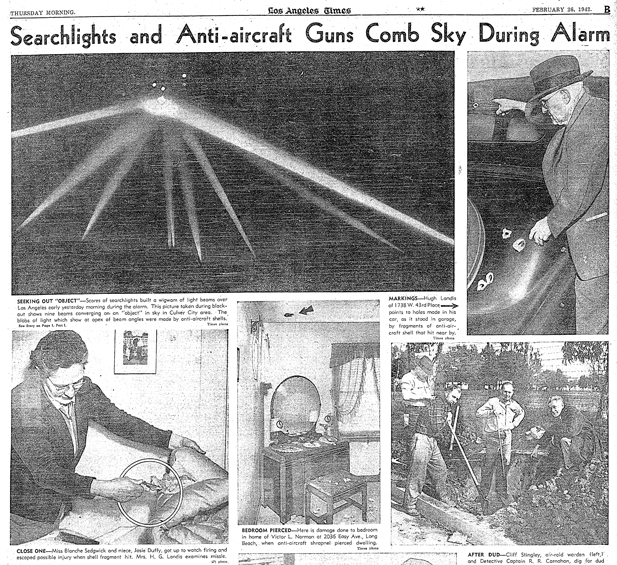
"Battle of Los Angeles" - this is what the media called the alleged Japanese air attack on Los Angeles February 25, 1941 It happened about three months after Pearl Harbor and a day after a Japanese submarine attacked oil facilities near Santa Barbara.
It began early in the morning, triggering air defenses and troop mobilizations throughout the city. Unlike the coastal raid, the entire incident ended with two civilian deaths throughout the city, as well as damage to several buildings due to falling anti-aircraft shells and artillery.
To this day, we don’t know who or what triggered the series of events that day. The official story denies any Japanese involvement, although many people reported seeing several enemy aircraft in the sky before the alleged attack. Some others claimed to have seen a giant airship in the sky earlier that day, although experts say this is unlikely since Japan had stopped using airships after the First World War.
9. Bloody Banner
The history of the Blutfahne — or Bloody Banner — began with the 1923 Nazi coup attempt in Munich, also known as the Beer Hall. putsch By the start of World War II, the flag had acquired mythical status in Nazi circles, as it was supposedly stained with the blood of those killed during the putsch, and Adolf Hitler considered it a sacred relic of the movement. It was usually kept in the Brown House, the Nazi Party headquarters in Munich , and was brought out only for special occasions, such as the infamous Nazi rallies.
We know that Blutfahne was moved to different locations throughout the war to keep it safe from Allied bombs, although its fate after the war is a little less clear. Some believe that it was secretly removed by American troops as a souvenir at the end of the war, but there is no way to prove this for sure. Despite numerous attempts by Allied countries to find it, Blutfahne's current location remains unknown.
8. Amber Room

The Nazi invasion of the Soviet Union resulted in the theft of thousands of works of art. One of them was the Amber Room, which is also sometimes they call The eighth wonder of the world. Created in the 18th century by Andreas Schlüter and Gottfried Wolfram, it was an intricate chamber made of amber panels, gold leaf, and various gemstones. In total, the room was about 180 square feet, and more than six tons of amber and other gemstones were used in its construction.
During the war, the Amber Room was dismantled andtransported Königsberg – or modern-day Kaliningrad – by the invading German army. Unfortunately, that was the last time anyone saw it, and the room’s fate after that point remains a mystery. Some believe it was destroyed during the bombing, others say it was hidden by the Germans, or even stolen by Soviet soldiers.
7. Big Team Stoop

On September 1, 1944, the 11-man crew of a B-24 bomber crashed and went missing in the South Pacific, somewhere near the Palau archipelago. Now known as Big Stoop Crew — named after a popular movie character of the time — they were on a bombing mission as part of a larger Allied effort to retake the Philippines from Japanese forces. Despite a massive search and rescue effort, no trace of the crew or wreckage was ever found.
Some witnesses It was claimed that two of the members were seen parachuting from the plane before the crash, adding to the mystery. The circumstances of the crash have since given rise to many conspiracy theories, even though there is no evidence to support any of them. Some say that the Big Stoop Crew was captured and executed by the Japanese, although they could just as easily have gotten lost in the vast expanse of the Pacific Ocean.
6. Crossword of the day "D"
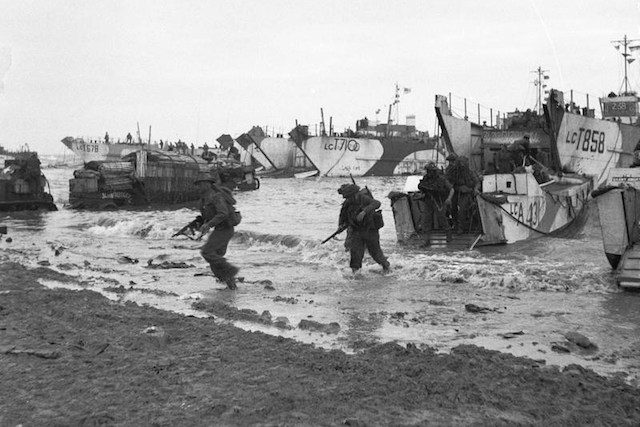
Leonard Doe was a crossword puzzle compiler for The Telegraph in 1944, and a prime suspect in one of the war's most serious security threats. In May 1944, some of his daily crosswords revealed the exact codes used by the Allies for the upcoming Normandy landings. These included "Utah" and "Neptune," which stood for two landing beach , and "Mulberry" is the code name for some of the equipment that will be used during the invasion.
The incident prompted a direct visit Mi5 , as they suspected that Doe was a secret German agent passing on information through crosswords. He had previously attracted their attention as early as August 1942, when the answer to one of his puzzles, the day before the Dieppe Raid on the occupied northern coast of France, was "Dieppe".
It was eventually determined that Doe may have had nothing to do with Germany or espionage, and that the codes were simply a coincidence.
5. The Disappearance of Raoul Wallenberg
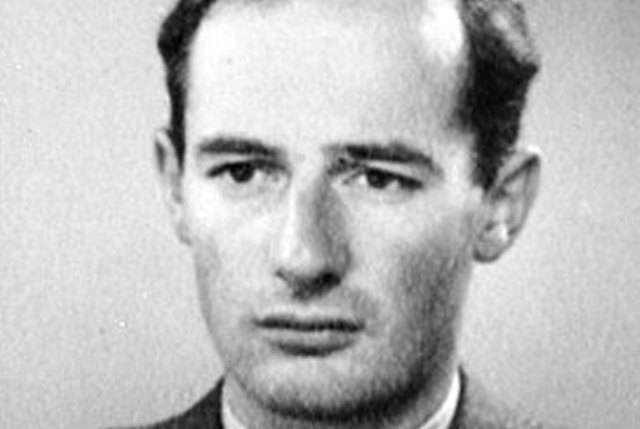
Raoul Wallenberg was a Swedish businessman and diplomat who is still remembered for his efforts to save Jewish refugees in Hungary during the war. He served as Sweden's special envoy to Hungary in 1944 and used his position to issue protective passports and establish safe havens for Jews in the Nazi-occupied zone. Because of the number of lives he saved, Wallenberg is often referred to as " "Swedish Schindler" . “
Unfortunately, we know little about what happened to him after the war. In January 1945, as the Red Army approached Budapest, Wallenberg was arrested by the Soviet authorities on suspicion of espionage. Despite numerous attempts by the Swedish government to secure his release, Wallenberg was never seen or heard from again. Soviet government It has occasionally been claimed that he died of a heart attack in 1947 while in prison, although many believe he was executed by the KGB.
4. Rommel's Gold
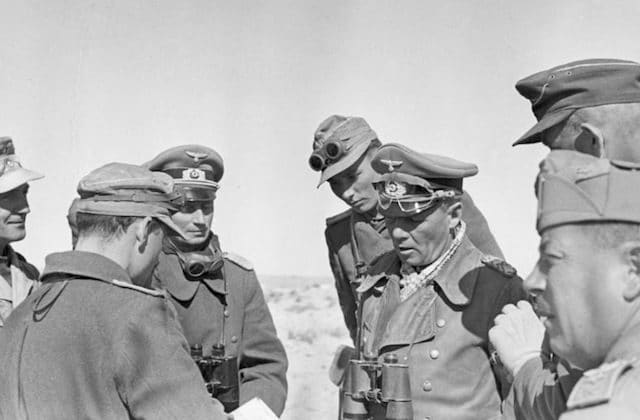
Rommel's Gold refers to a cache of gold, jewels and other valuables allegedly stolen by the German Afrika Korps during World War II. The treasure, valued at billions of dollars, is believed to have been hidden by German General Erwin Rommel himself, possibly somewhere in the deserts of North Africa before their retreat in 1943.
Although many people have tried to find it since then, the exact location of this famous treasure has never been found. Many believe that it was buried somewhere in the vast deserts North Africa, although it could also have been moved or transported to hidden locations in Germany or Argentina. Of course, there is a possibility that the hoard was just a rumor started by Rommel himself. For now, Rommel's gold remains one of the most elusive, albeit persistent, riddles wars.
3. The Peking Man fossils
Before the war, China was home to the famous Peking Man fossils, one of the earliest known hominid species from the family Homo erectus Discovered in the 1920s in the Zhoukoudian area near Beijing, China, these fossils were evidence of early human presence in Asia and were therefore considered an important piece of the puzzle in human evolution.
When the Japanese army advanced on Beijing in 1941, the fossils were packed up and shipped to the United States for safekeeping. Unfortunately, they never reached their destination, and their fate has remained unknown ever since. While some believe they are buried beneath the American embassy in Beijing, others believe they were instead captured Chinese civilians during transit.
2. Ghost Train

As the war in Europe drew to a close, rumors of Nazi-looted treasures spread across the front lines. One of the most infamous lost treasures of the war is now known as the Nazi Ghost Train, a mythical lost train rumored to be loaded with billions of dollars worth of gold, art, and other valuables.
The legend is especially strong in Poland , where people sometimes claim to have found pieces of the treasure. The train is believed to have disappeared into the vast networks underground railway built by the Nazis in Poland during the war, although no concrete evidence of its existence has ever been found. According to some reports, although the train may have existed at some point, it was eventually destroyed or taken away by the Nazi authorities during their retreat back to Germany.
1. Who betrayed Anne Frank?

Anne Frank was a young Jewish girl who hid in Amsterdam for much of World War II. Her accounts of life during the conflict were later turned into "Diary of a Young Girl" , which remains one of the most famous first-person accounts of the war. However, many parts of her overall story remain unclear, including the circumstances of her arrest.
Anna and her family were captured by the Nazis in August 1944, and she and her mother were sent to a concentration camp. Bergen-Belsen , where they died over the next few months. Although we know she was arrested following a tip-off from a Gestapo informant, it is still unclear who that informant was. Some believe it was a neighbor who became suspicious of the Frank family's activities, or perhaps someone, who worked in the warehouse where they were hiding. Many potentialsuspects have been identified over the years, but because the case is so old, it is no longer possible to question or prosecute most of them.





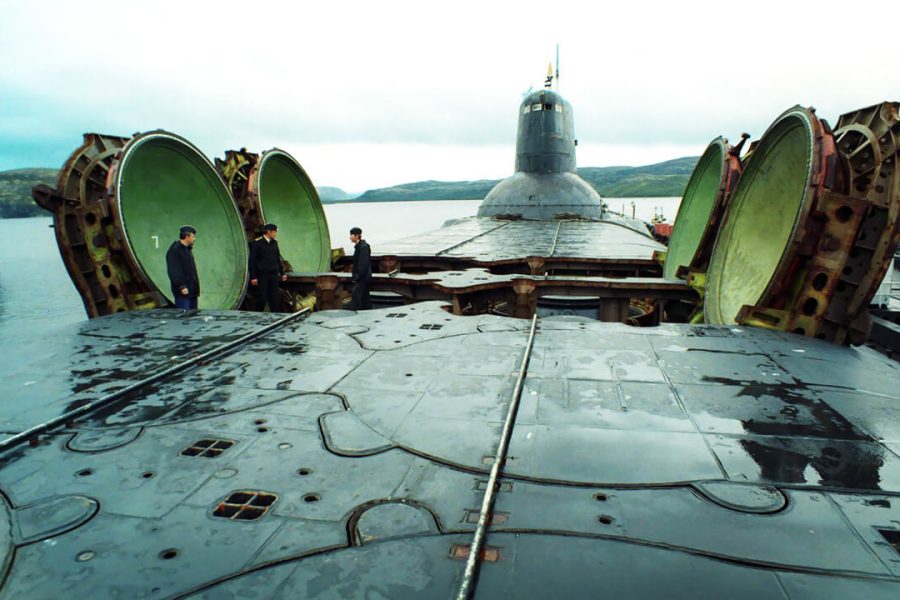







Оставить Комментарий